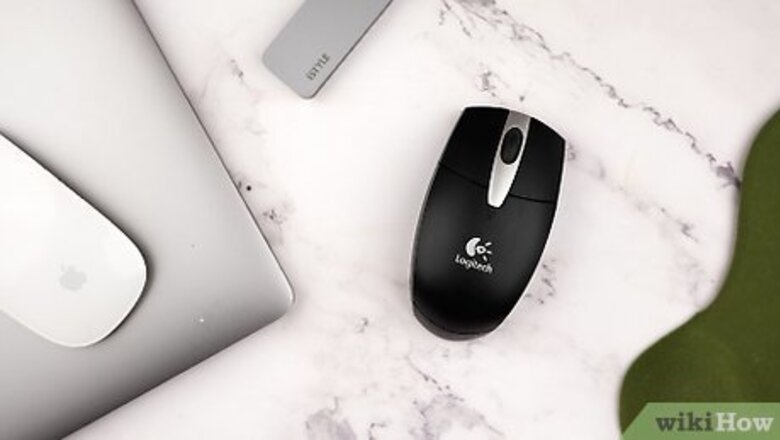
views
Cleaning the Surface
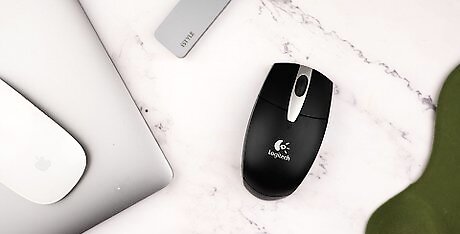
Gather your equipment. To clean your optical mouse, you will need the following items: A microfiber cloth or cotton swab - For cleaning gunk off of the mouse. A lint-free microfiber cloth, such as one meant for cleaning screens or eyeglasses, won't leave behind fibers like paper towels and other materials. For smaller areas, you can use a cotton swab (such as a Q-tip). Mild soap and water - A cleaning solution that won't damage the paint or print. Don't use a cleaning agent that contains ammonia (e.g., Windex), as it can harm your mouse. 70% Isopropyl alcohol - For cleaning the inside of the mouse. Avoid using alcohol to clean the outside of the mouse, as it can damage the paint and print. Clean, dry, lint-free rags - For dusting and drying. Toothpicks - To clean out the dust and other matter in the crevices around your mouse. Screwdriver (optional) - To open your mouse's top, if it's removable. Check your mouse's manual or model number online for specific disassembly requirements. Tweezers (optional) - Optional, but helpful if you want to remove specific pieces of grit from sensitive places (e.g., the mouse's circuit board).
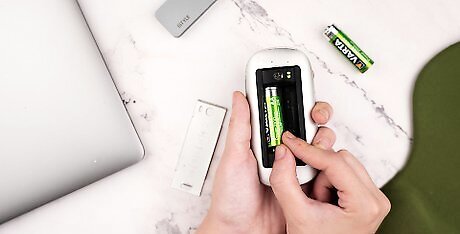
Remove the batteries from your mouse (if removable). This will prevent the mouse from shorting out if the insides get wet. If you have a wired mouse, unplug it from your computer.
Wipe the whole mouse down with a dry cloth. This removes any excess dust or grime from the mouse's exterior.
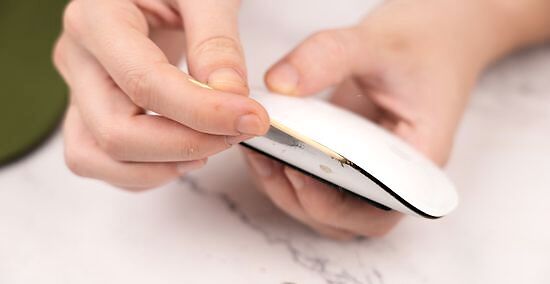
Run a toothpick around any crevices in the mouse's body. Doing so will pry out any grime that might be causing problems. For example, running the toothpick beneath the buttons will potentially remove grit that prevents the buttons from depressing the whole way.
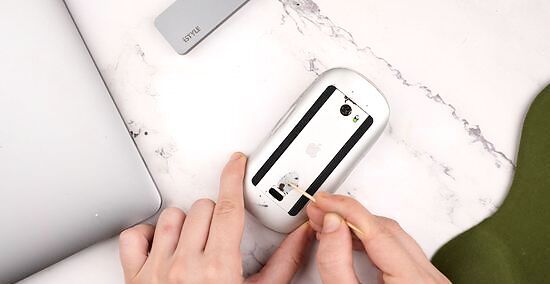
Chip away any residue. Using a toothpick, pry up anything your initial wipe didn't get rid of.
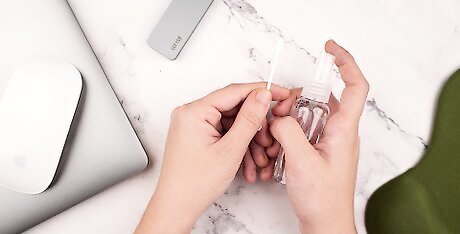
Dip your cotton swab or cloth in mild soap and water. You'll use this to wipe down the dirty parts of your mouse.
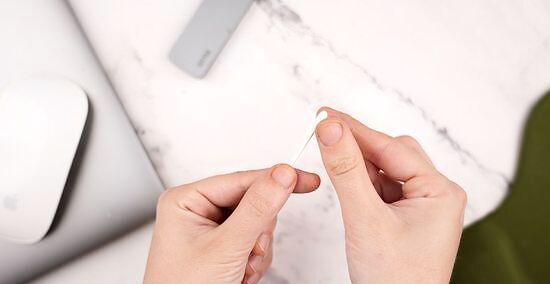
Wring any excess liquid out of your Q-tip or cloth. Your cleaning tool of choice should be lightly damp but not dripping. It's very important to make sure the swab or cloth is not too wet—getting liquid inside of your optical mouse could damage its internal components.
Dab any dusty or grimy areas. Pay close attention to the following areas: The mouse's feet. The sides of the mouse. Any crevices that you cleaned with a toothpick If your mouse has a scroll wheel on top, gunk could also get on that wheel.
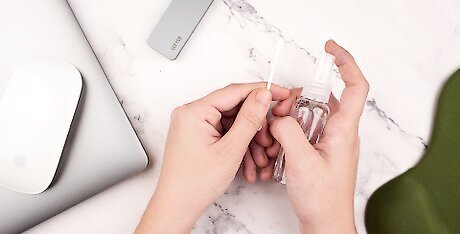
Apply mild soap and water to a clean Q-tip or section of cloth. It's extremely important to use a clean surface whenever moving from one component to another.
Gently swab the mouse's sensor. Don't jab the sensor—instead, brush it with the tip of the Q-tip or a corner of the microfiber cloth. This will wash away any residue or particles that interfere with the mouse's tracking.
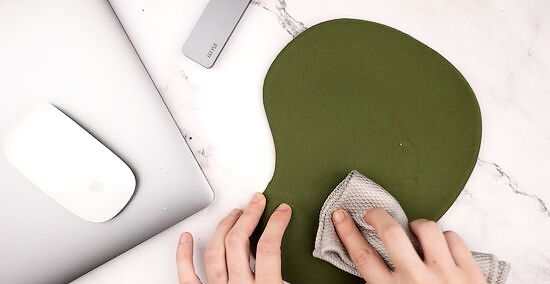
Clean your mouse pad. It doesn't matter how clean your mouse is—if your mouse pad is dirty, you'll have inconsistent performance and uneven tracking from your mouse. You can clean your mouse pad by wiping it down with a wet rag or using a lint brush or roller to remove hair and dust. If you use a lint roller, you'll likely have to wipe down the mouse pad afterward to prevent sticky residue from forming.
Cleaning the Inside

Remove the top of the mouse. If your mouse is especially dirty and you're able to do so, you can also clean its internal components. This process will vary depending on your mouse's manufacturer; some mice have a top that simply pulls up and away, while others require the removal of a screw. Check your mouse's manual or model number online to see how to disassemble it. Make sure the mouse is dry before opening it. If it's not dry, you can use a towel to dry it.
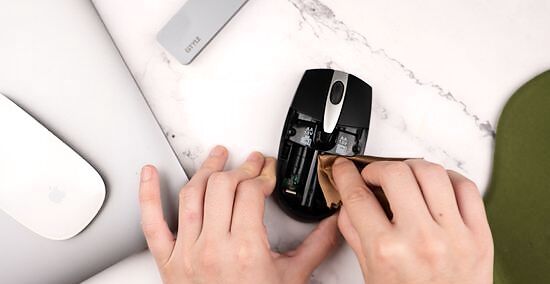
Apply alcohol to a fresh Q-tip or cloth, then wipe down the inside of the buttons. The inside of the top of the mouse can easily gather skin cells, residue from food, dust, hair, and much more, so give these buttons a good cleaning to clear out as much gunk as possible.
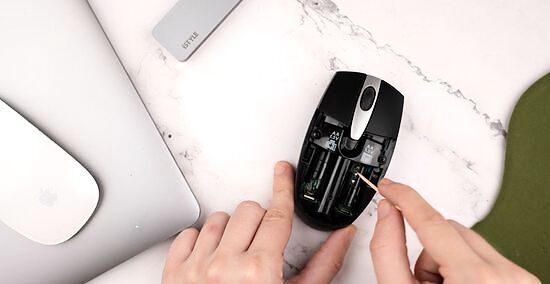
Remove any foreign matter from the internals. You'll often find hair or specks of grit in the following places: The mouse wheel The top of the circuit board (use tweezers for this) the front of the mouse's body
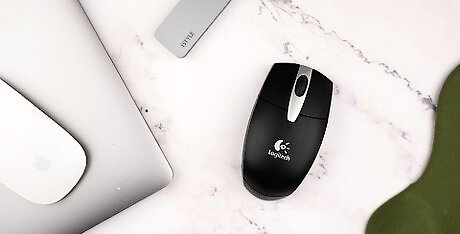
Reassemble your mouse once everything is dry. Five to ten minutes after wiping everything down, put your mouse back together and give it a final inspection. It should be completely clean by now.




















Comments
0 comment